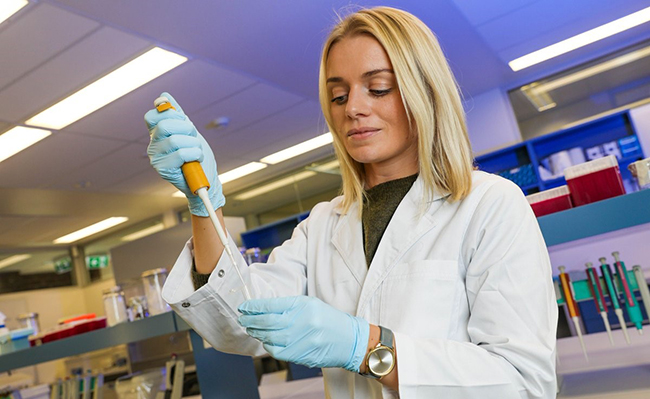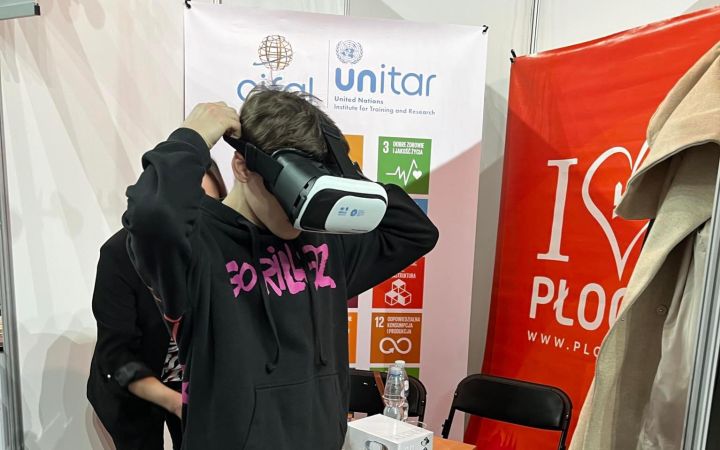
Dr Jemma Geoghegan.
A collaboration between Otago and ESR has received a substantial government grant to lead an international team of scientists to sequence the genomes of all of New Zealand’s positive COVID-19 cases and track how the virus spread across New Zealand.
Dr Jemma Geoghegan, a Senior Lecturer from the University of Otago’s Department of Microbiology and Immunology, who is also an Associate Senior Scientist at the Institute of Environmental Science and Research (ESR), has been allocated $600,000 from the Ministry of Business, Innovation and Employment (MBIE) COVID-19 Innovation Acceleration Fund.
The $25 million total fund allows for the rapid development of innovative solutions by New Zealand-based entities in response to COVID-19, and aims to alleviate the direct impacts of the virus threat.
Dr Geoghegan will lead a 12-month project along with ESR lead bioinformatics researcher Dr Joep de Ligt. The aim of the project is to generate virus genomes from all of New Zealand’s confirmed positive cases.
Their team of 14 world-leading experts in virus evolution and phylodynamics will create a user-friendly web browser application that will be available to the public online and will track and explain the evolution, epidemiology, population dynamics and transmission chains of COVID-19 in New Zealand.
An example of this type of application already in use is Nextstrain.org, which provides real-time tracking of pathogen evolution and is co-developed by team member Dr James Hadfield.
Dr Geoghegan’s team’s advanced use of genomic data will be critically important to New Zealand during the wait for a safe and effective vaccine, she says.
“When combined with geographic information we will be able to reveal pathways of viral spread (including from the global population) domestically and at the community level.
“These results can be used to direct public health interventions such as quarantine, highlight transmission hotspots to target community testing and assess the impact of other interventions such as travel restrictions and border closures.”
Until recently, studies of viral outbreaks have been retrospective, where the evolution and spread of a virus within a population is only realised after the fact, she says.
“Now however, advances in the next generation sequencing can generate whole viral genomes directly from patient samples within hours of the sample being received.”
Analyses of genomic data have played an important role in tracking the epidemiology and evolution of the virus in real time, and there has been an enormous global effort to contribute and share genomic data to inform local authorities and the international community about key aspects of the pandemic.
This has led to a greater understanding of different COVID-19 outbreaks, and its spread.
As part of ESR’s strategy, it has invested in genomics capability and technology to support infectious disease surveillance and genomics research.
The use of genomics in surveillance has been done in close collaboration and support of the Ministry of Health.
The scale and speed with which this pandemic developed and needed to be tracked led ESR to invest in additional technology to leverage the strengths of both Illumina and Oxford Nanopore sequencing to increase capacity to over 200 genomes a week.
Under a Ministry of Health contract, ESR has processed urgent samples, as determined by epidemiological investigations and public health professionals within 48 hours.
Dr Geoghegan’s project will focus on a wider investigation of all genomes that arrived in New Zealand.
This will provide a valuable data source for future monitoring and in the potential event of a second wave.
Co-lead researcher Dr de Ligt says the project will also enable scientists to understand how to manage and reduce the impact of outbreaks on vulnerable communities.
“During the 2009 flu pandemic, the mortality rate among Māori was 2.5 times the rate of non-Māori,” he says.
Data from Māori communities will be incorporated into the project results, under the guidance of Māori biostatistician Andrew Sporle.







